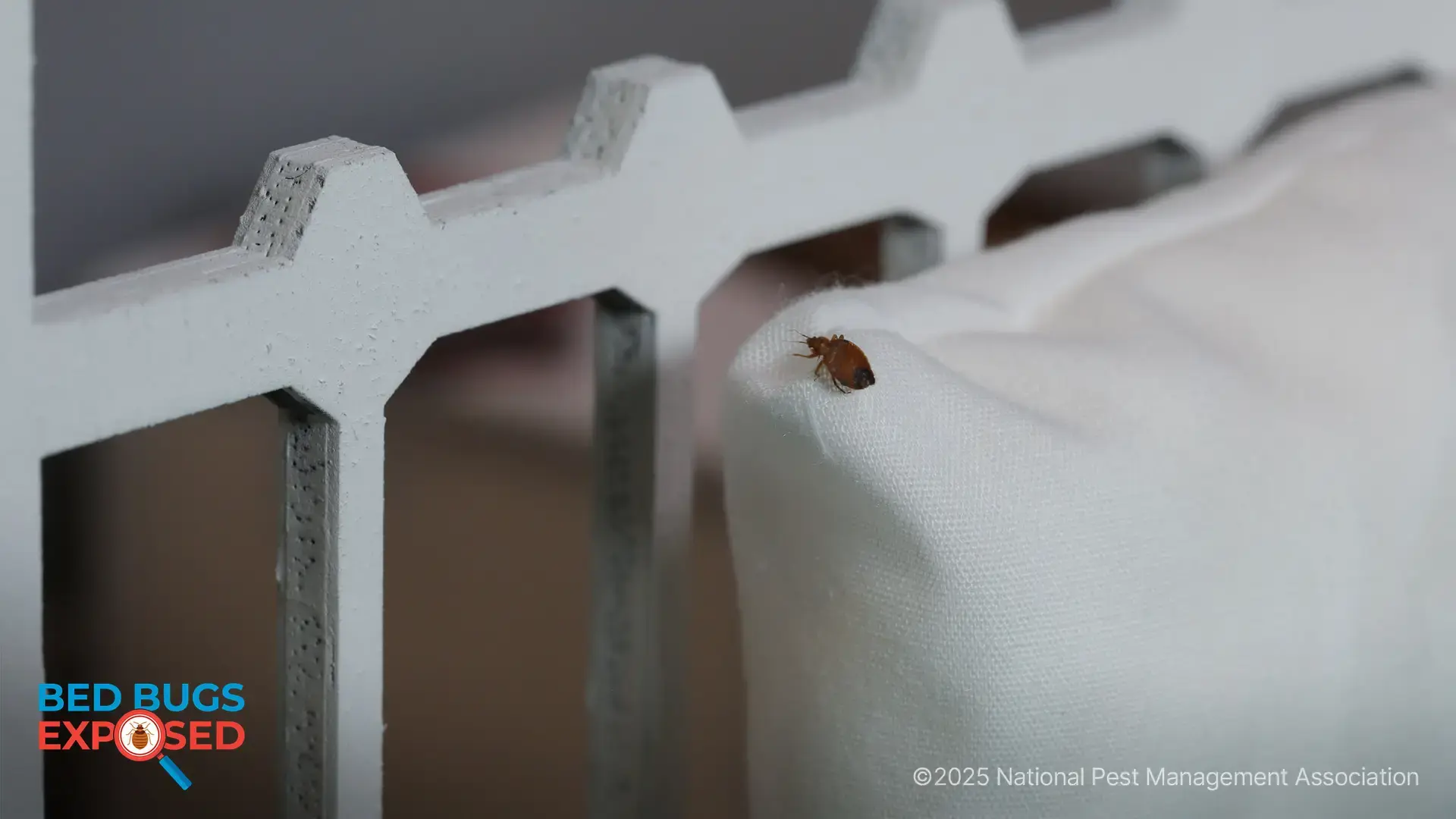What You Need to Know About Sinister Summer Stingers
They may not have been invited, but stinging insects are inevitable guests to summers most anticipated gatherings. These summer fun-stealers send more than 500,000 people to the emergency room each year and are especially active during the second half of summer when the colonies forage for food that will sustain their queens during the winter. It is during this time that most people fall victim to the physical and financial sting that these creatures pose.
"Two varieties of stinging insects, the hornet and the carpenter bee, pose significant threats to ones health and home," says Missy Henriksen, vice president of public affairs for NPMA.
Hornets live in large colonies and their nests are shaped like an inverted teardrop. While their venom is no more dangerous than other stinging insects, they are much more aggressive when disturbed and tend to sting repeatedly. This behavior adds to the potential for greater skin irritation or a serious allergic reaction.
Carpenter bees build their nests by drilling perfectly round tunnels into soft woods. Coarse, natural colored sawdust will often be present near the entrance to the nest. Over time, these tunnels can severely compromise the support structure of a building.
The NPMA offers these tips for protecting your health and property from summer stingers:
- Wear shoes, especially in grassy areas.
- Paint/stain untreated wood.
- Remove garbage.
- Keep trashcans covered.
- Do not swing/swat at stinging insects.
- Seek immediate medical attention if stung, as reactions can be severe.
Due to the aggressive nature of these pests, Henriksen emphasizes that homeowners should not attempt to remedy an infestation on their own. A licensed pest control professional should be contacted whose expertise and technology can best rid your home of these pests and prevent future infestations.

Learn About Rodents
Rodents invade millions of homes each winter. Learn more about them!

NPMA's Bug Barometer Forecast
The latest Bug Barometer® forecast from the National Pest Management Association reveals what homeowners across America can expect from pest activity this fall and winter.

NPMA's Bed Bugs Exposed Project
Check out NPMA's Bed Bugs Exposed project to learn more about this hitchhiking pest and how to prevent an infestation at home.
Find a PEST PRO in your area

Learn About Rodents
Rodents invade millions of homes each winter. Learn more about them!

NPMA's Bug Barometer Forecast
The latest Bug Barometer® forecast from the National Pest Management Association reveals what homeowners across America can expect from pest activity this fall and winter.

NPMA's Bed Bugs Exposed Project
Check out NPMA's Bed Bugs Exposed project to learn more about this hitchhiking pest and how to prevent an infestation at home.
